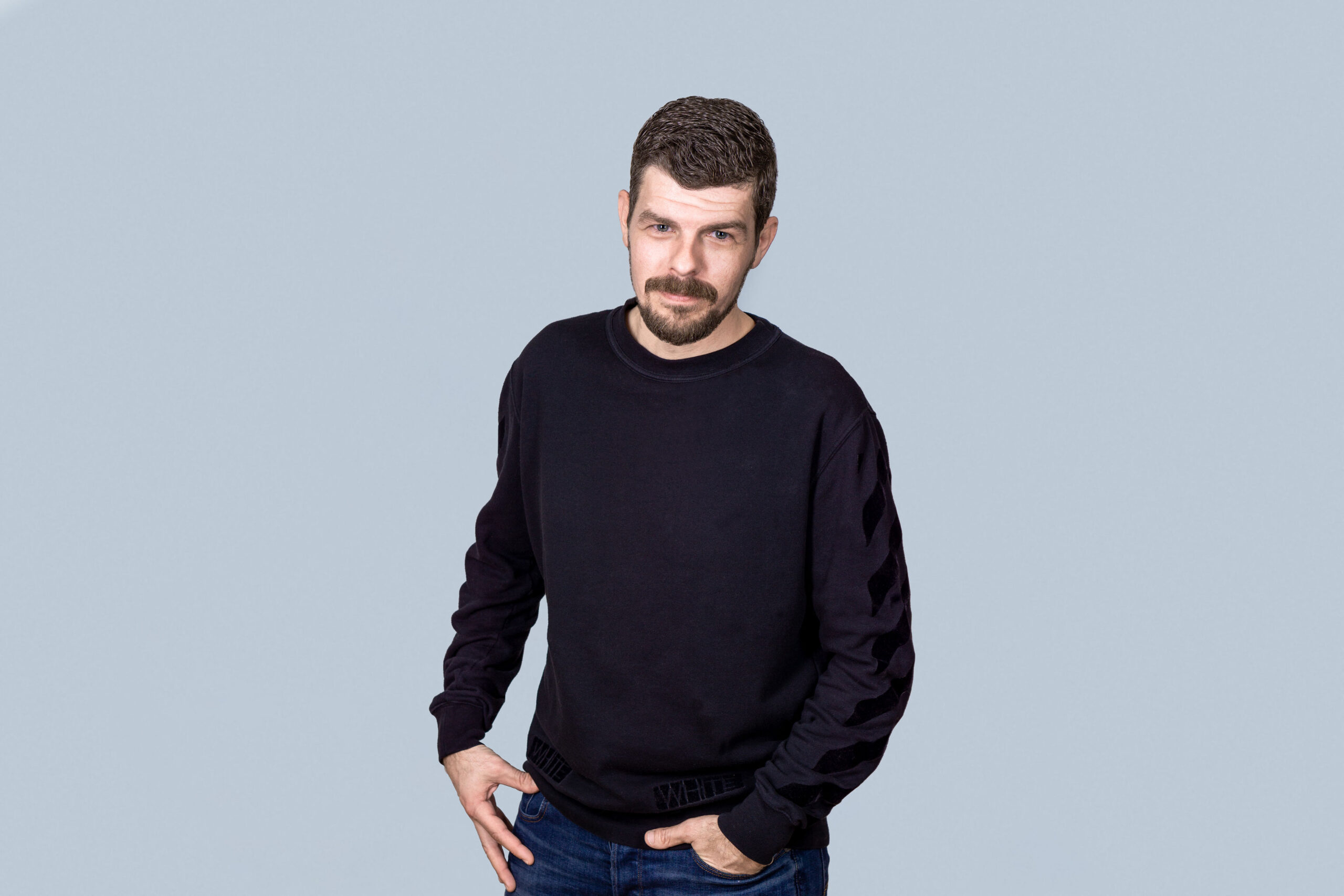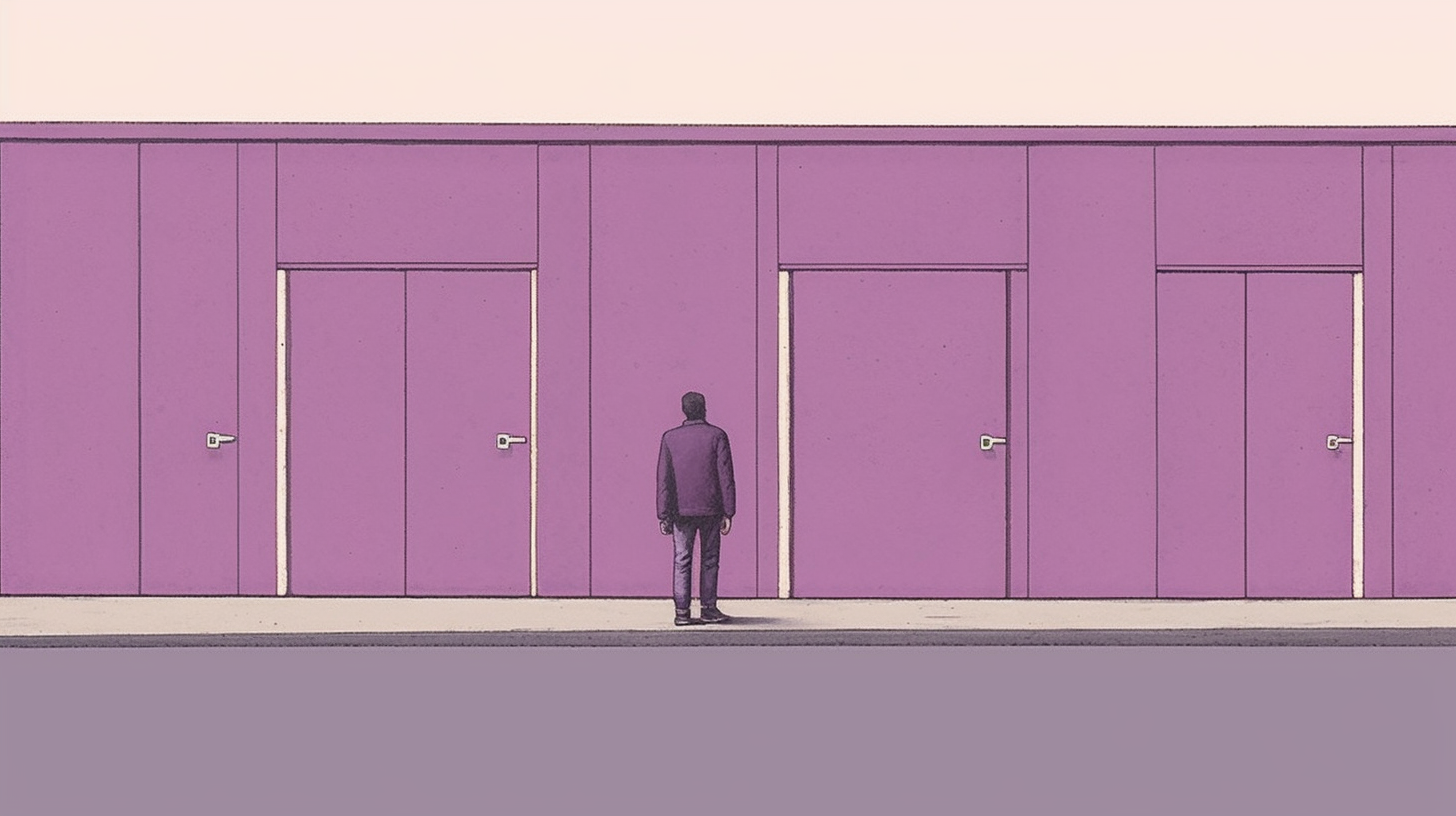Marcus Olson
Founder & CEO
The kind of people who go into IT tend to be inherently creative thinkers. A “patch factory” process really stifles curious minds.

Marcus Olson
Founder & CEO

We can all agree that attracting and retaining great employees is fundamental to running a successful business. Investing in the development of your employees is a no-brainer if you intend to keep them happy.
Sadly, IT is still seen by many as a “cul-de-sac” industry. Usually the only way to move in an organization is out, not up. Think of a conventional IT department: the typical company doesn’t have a big IT organization, unless it’s a large Fortune 500 or technology focused company. Usually, the IT department is perceived to be similar to the accounting department, in that it serves as a utility for the company to do its business—but doesn’t directly serve the core of the company’s business.
IT professionals within that department are on a hyper-specialized professional carousel. They become technological gatekeepers to the busy, sometimes tech-averse professionals around them. They might wait for years, boxed into a narrow process, for the one manager position to become available. Becoming a manager maybe isn’t necessarily something they’re even interested in. It’s a real motivation killer, and it’s one of the dark industry-wide corners where the stereotype of the self-isolating IT nerd is born. Worse even is if you do develop the individual, or they take it upon themselves, you’re met with the other stereotypical results of low retention. It often feels as though the cards are stacked against you.
So in order to flourish professionally, they have to leave their organization. It’s not even necessarily the organization’s fault. They might love the mission and their leadership—they just aren’t connected to them anymore, if they ever were in the first place.
This is pretty depressing. Not just because it deprives the end users of better solutions, but because the kind of people who go into IT tend to be inherently creative thinkers. A “patch factory” process really stifles curious minds.
One of the approaches we’ve taken at Pliancy to prevent the cul-de-sac problem is to encourage people to venture into every part of the business. So whether that’s finance, operations, process development, business development, whatever—we really want people to think outside their zone to apply their creative skills and knowledge of technology.
In many cases, once they begin to understand another job function better, the curtain drops and their natural curiosity can run wild marrying creative solutions to common business problems through the lens of a technologist. It’s a lot easier to think creatively when you can abandon the habit of doing ‘what worked before.’
Of course, Pliancy isn’t an IT department in a larger organization with a parallel mission. We’re a consulting firm. Our mission is to create incredible technology experiences.
But the other half of our mission is to always put our people first, and measure growth in terms of innovation and human achievement. And specifically in this industry, there tends to be a lot of burnout because it’s a competitive industry that often commoditizes itself. Which ends in a serious inability to keep good people and retain a culture of personal growth.
I never worry about whether developing our employees — or giving them space and resources to develop themselves — will set them up to leave for greener pastures. It’s the alternative I’m afraid of: becoming a dying pasture full of stifled people with nothing more to contribute each passing year. You have to train your people. You have to help them develop professionally. And if you’re really good at it, they’ll probably find value to add to your organization. They won’t want to leave, because they’re fulfilled.
We try to head off the burnout problem by instituting an employee development standard we call the 75/25 Rule. This means 75% of your time is billable to the clients and the other 25% you get to spend working with peers to develop new skills—to add more value to yourself and the organization, which is your true purpose.
Through this model (which is not particularly easy to execute), we find that we have more sustainability. Our attrition rate is probably the lowest in our industry. Not only that, but each person is now adding exponential value by doing things for the organization that impact multiple consultants or multiple clients.
One example is Emily from our Boston office. She embodies success for an IT person who’s dropped into an organization, given permission to traverse the whole company, and completely transforms everything she touches.
She was initially hired to improve the onboarding experience for new employees when they join a client we support. She took that in, went to the Nth degree with it, and leveraged the 75/25 Rule to build it out in a way no one had imagined. By engineering automation into the entire workflow, she saved time and money for all of us. She developed a kickass presentation. She figured out an innovative way to set meetings with these new employees and create an impressive onboarding experience, beyond just the technical aspects. She used the 75% to deliver an amazing experience to the clients she was directly servicing due to hyper growth, then leveraged the 25% to create a process around empowering the rest of the company to use the technology with their clients.
She branched out into every area of our company to scale a 2D process up to the 4th dimension. And she shaped a broader role for herself with more responsibility, to suit her interests. She’s still constantly surprising us with awesome new ideas and processes.
It’s a bit of a ouija-board effect the way people develop here. We’re often assisting others to develop solutions rather than working in a silo, so we tend to grow together as we inch towards new solutions. In order for people to accomplish this, we’ve taken transparency and inclusion to an extreme: across our five offices, the only doors that exist lead to our conference rooms.
So we’ve become kind of like a co-op— each member with his and her own specialities and a cohesive organizational mindset. And that’s proven to be a good solution to the cul-de-sac problem.
It’s also easy to promote people to new positions or give them raises, but that stuff only lasts about 6 months to a year, tops, before you’re back where you started. You really have to figure out a more sustainable way to keep people engaged.
We find that our platform has provided some of that, and our culture the other. Because helping others develop is oftentimes more rewarding than helping yourself. Especially for the caliber of team player we’re careful to hire.
By intentionally creating a culture of teaching others, people feel naturally engaged—and the more people we add, the more people they can impact. It’s somewhat self-fulfilling, in a way. I guess the bottom line is that it makes it that much more exciting to start work every day.

Get updates from Pliancy delivered straight to your inbox

We’ve got the lowdown on due diligence questionnaires. With this explainer in your back pocket, you’ll be able to tackle DDQs with confidence.

Noah Tagliaferri
VP of Growth

Onboarding can be a nightmare for employees. It doesn’t have to be—if you remember who you’re building for.

Tiffany Kress
Head of People

Brands are always evolving, and Pliancy is no stranger to reinvention. We look back on our brand update, six months later.

Kyle Barber
Associate Creative Director


711 Boylston St, 6th Floor
Boston, MA 02116
415 Grand Ave, Suite 105
South San Francisco, CA 94080
265 Canal St, Suite 505
New York, NY 10013
9820 Willow Creek Rd Suite 450
San Diego, CA 92131
1012 Rio Grande St,
Austin, TX 78701